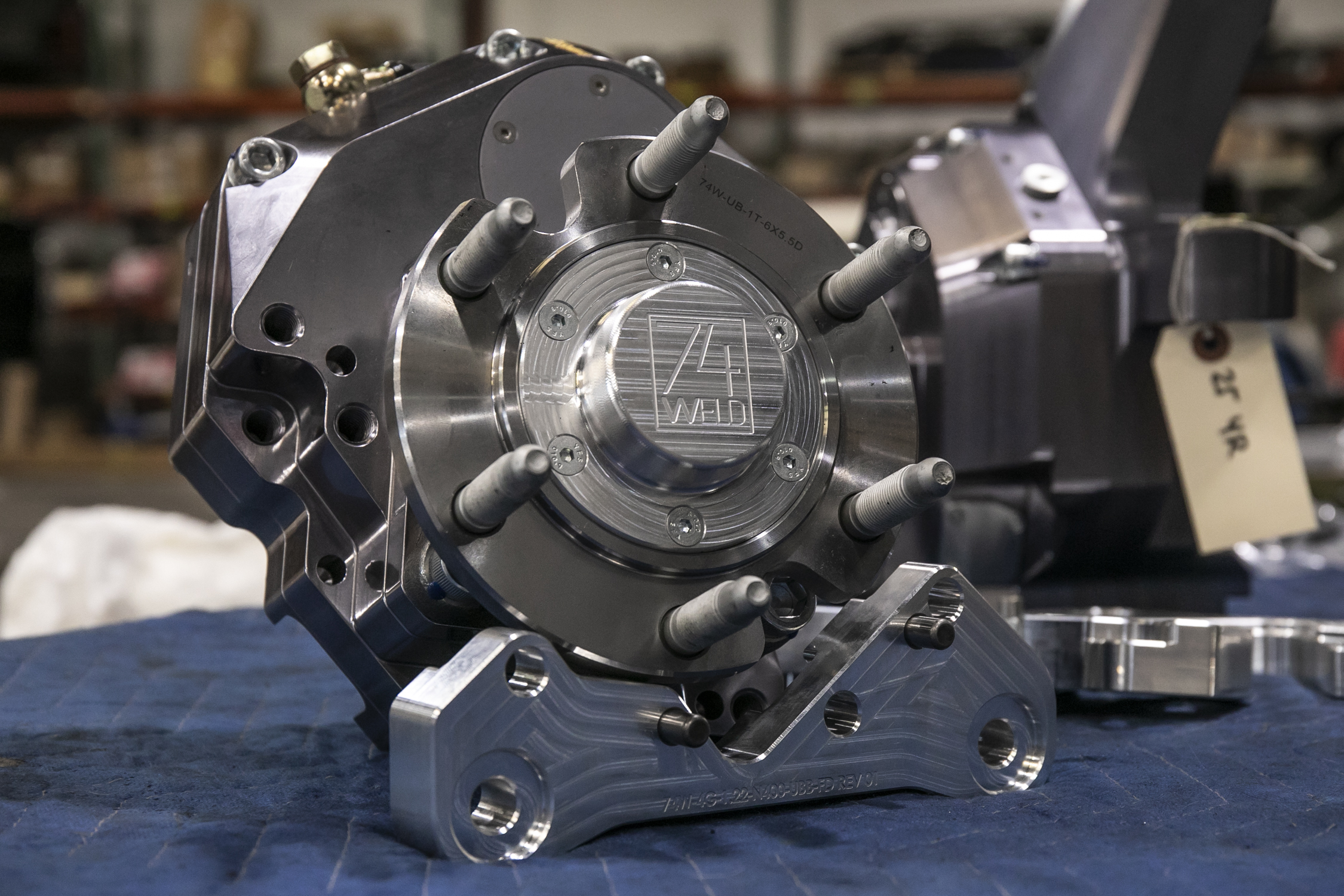
We finally got the 6th Gen 4Runner out for some proper wheeling on the Rubicon. After spending the last few months building up the 4Runner, we were stoked to see how it compared to the 5th Gen.
I remember a while back, 74Weld said, “all you need are portals… just bolt them and go“, and I was always intrigued by that statement. On the surface, it seemed like such an odd setup, but hey, if it works… it works.
Spoiler: It worked, but I will explain at the end of the post what I recommend if you plan on running portals.
After running a set of 74W portals on my 5th Gen 4Runner, I knew I needed a set for the 6th Gen. Once you go portals, it’s hard going back to an extended travel or mid-travel setup. When we bought the portals for the 6G, I figured now was as good a time as any to test this “all you need are portals” theory, and what better place than the Rubicon.
What could go wrong? Portals provide an almost unbelievable 4″ of ground clearance, fitment for larger tires, and a gear reduction to support those larger tires. That’s pretty much all you need for the rocks. Sure, some extra travel, stronger bushings, and more articulation at the arms will help, but do you “need” it to wheel the Rubicon? Maybe not.
So with all that said, we tested the 6G through the Rubicon on 74Weld Portal Axles and factory IFS suspension components from Loon Lake to Tahoma.
Table Of Contents
The Setup
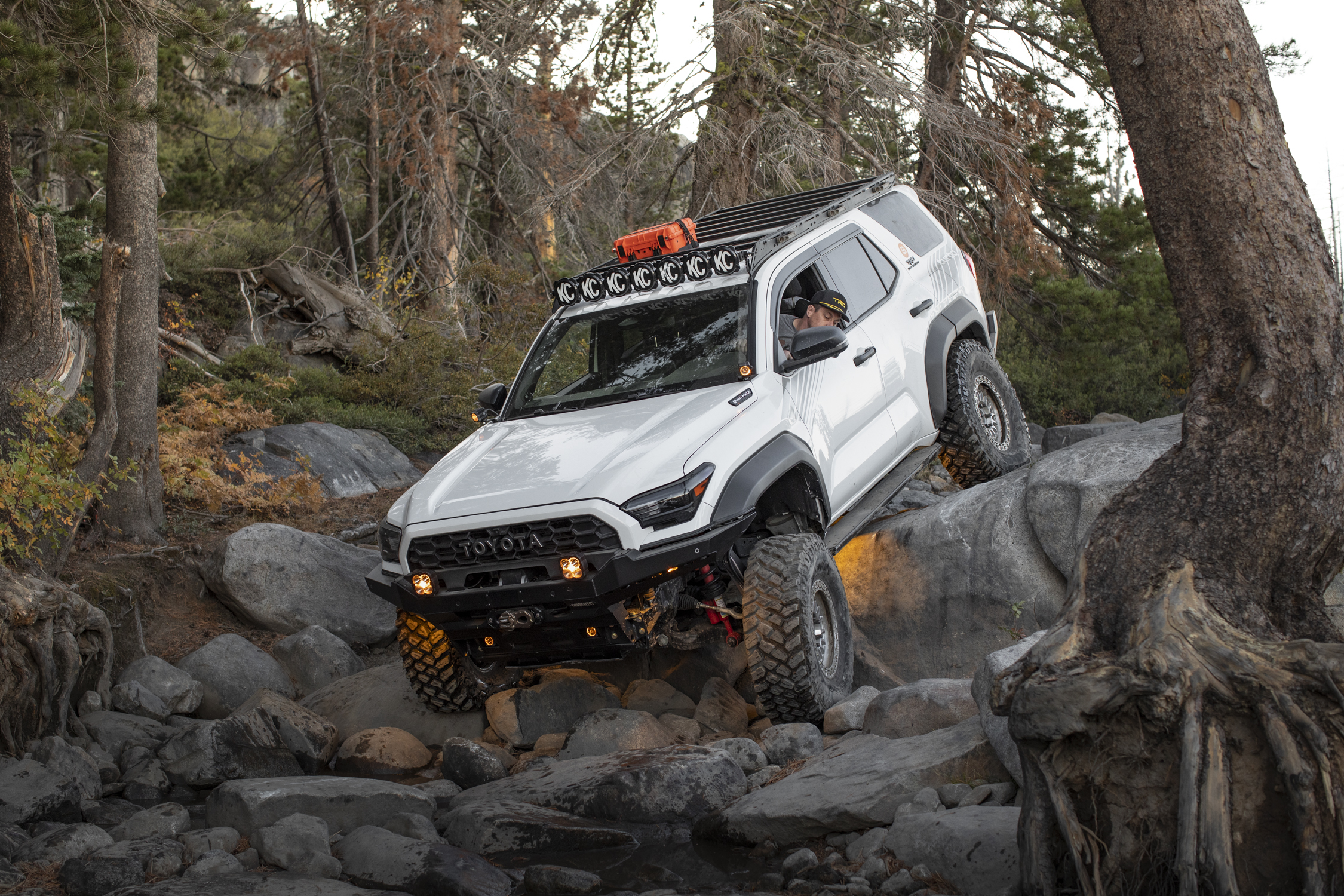
The rear is running Dobinson’s adjustable links and Perry Parts bump stops. Outside of that, the 4Runner was running a factory suspension, OEM arms, CVs, tie rods, and coilovers. The platform performed better than I had expected. Coming from the 5th Gen 4Runner, the wheelbase is longer (which helped us in a few spots), the track width is wider (which I thought would make it harder in a few places, but it made it through everything just fine), and the 6G sits naturally lower than the 5G, which sucks for ground clearance… which is why we installed portals in the first place.
These new gens really deserve portals, given the lack of ground clearance they have off the lot. Reference this post for 6th Gen 4Runner ground clearance. I also have a 5th Gen on portals with a full extended travel setup. My 5G on that setup features 18.5″ of ground clearance at the skid and 17″ at the diff. The 6G ground clearance at skid is 15.5″ and 14.5″ at the diff. Eventually, we will install a full suspension on the 6G, which will pick the belly up another 1″ front and rear.
From Loon Lake to Tahoma, the 6th Gen walked out with minor body damage. Although I felt like the new generation 4Runner was going to be too big for the con, it fit through every obstacle just fine. And even though we made it through on factory IFS, I’d prefer at least coilovers for more travel, along with UCAs and LCAs for better articulation the next time we run it. All in all, I was impressed at what portals alone were able to get us through, though. I was keeping up with the guys on 40s throughout the whole trail… Just portals and factory IFS on 37s.
We are running the new Gen2 (2nd generation) 74W Portal Axles on the 6th Gen.
I wanted to share with you guys what’s changed on the Gen2 portals. After testing two sets of portals on back-to-back 4Runners and wheeling the Rubicon quite a few times over the last two years on portals, I am a firm believer in the concept overall. Whether you choose 74Weld, Werewolf, Portal Pros, or any other company, the ground clearance alone is worth every penny if your goals are to spend any time in the rocks.
74Weld Portal Axles Overview
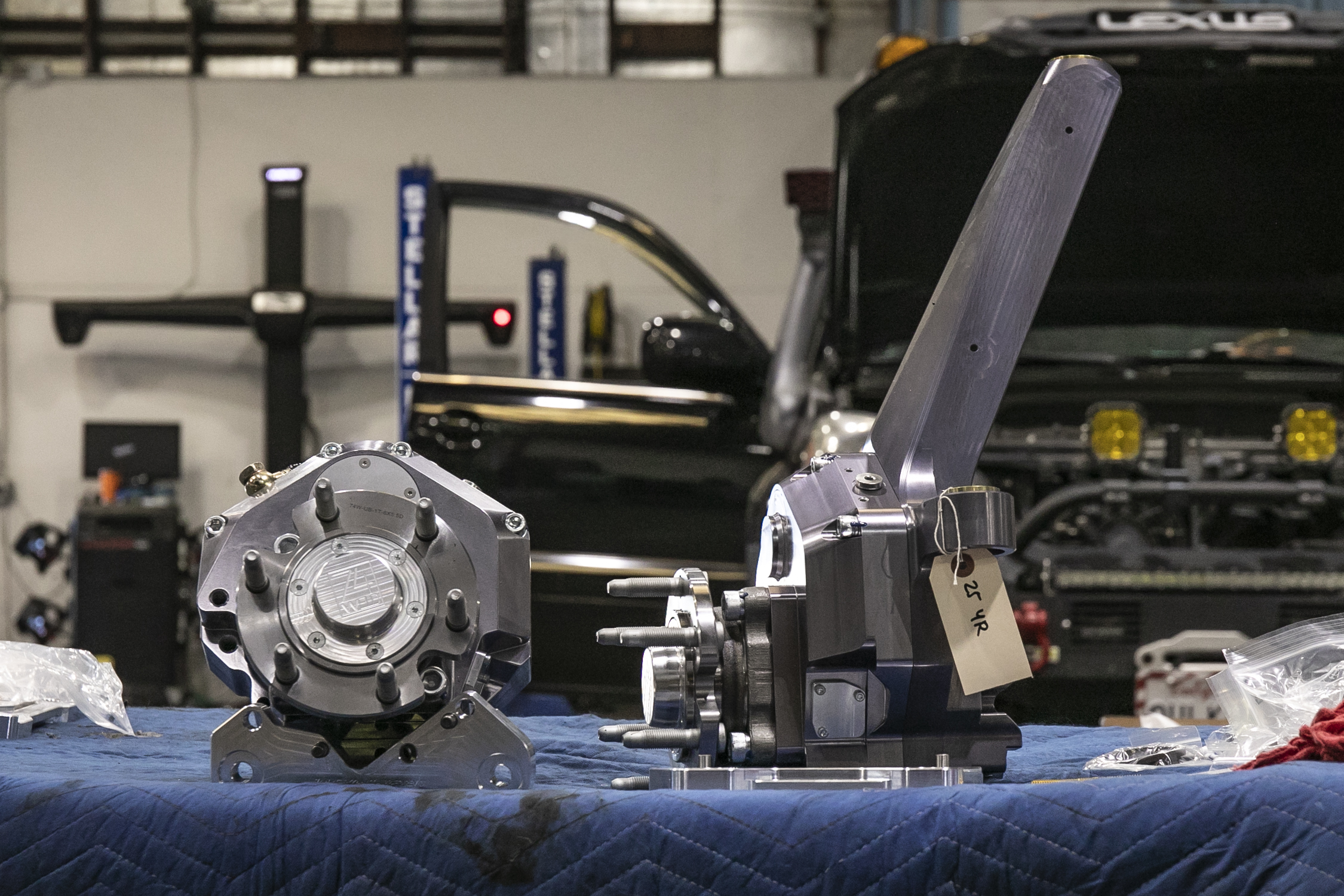
If you’re unfamiliar with portal axles in general, I wrote a post a couple of years ago that introduced them to the site. Go check out that post to get up to speed.
In short, portal axles provide a 1.22 (22%) gear reduction, 3.88″ of usable ground clearance, a full float rear axle conversion, and they retain ABS and stock geometry.
The whole point of running a portal is that you get real ground clearance for late model IFS vehicles with larger tire fitment and a gear reduction that supports everything.
The first generation of 74W portals was a great starting point, but there were a handful of areas to improve upon.
Here are the top 7 changes in the new 74W Gen2 Portals.
1. Reinforced Pivots
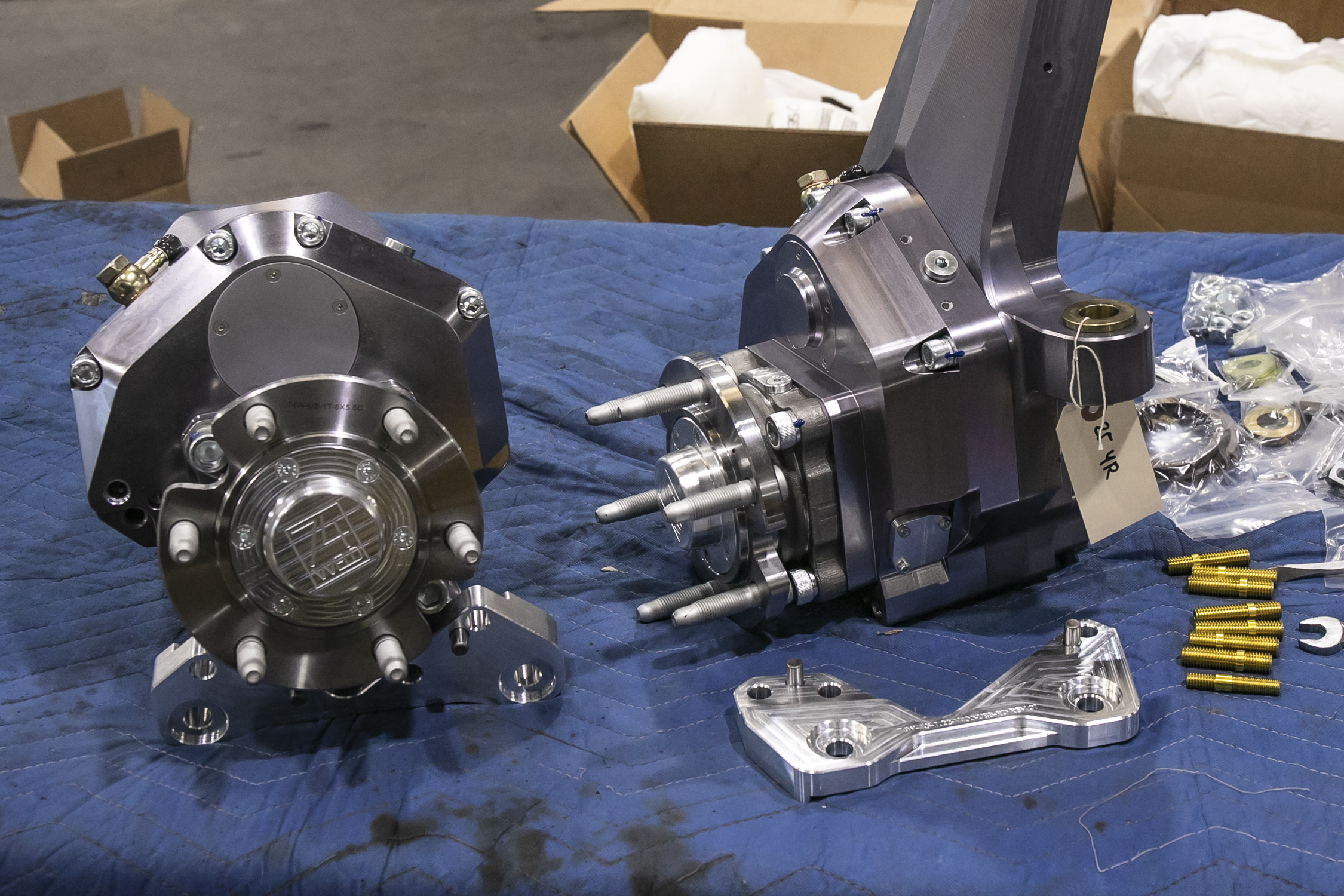
74W completely redesigned the upright in the front, giving us all new reinforced pivot points throughout.
- Reinforced LCA Pivots
- Reinforced UCA Pivots
- Reinforced Tie Rod Pivots
What changed: The new uprights feature thicker pivot sections, added material, improved sleeves, and improved geometry revisions at the control arms and steering points. The new changes reduce localized stress on the pivots, improve steering, eliminate bump steer, and reduce potential failures at the lower control arm ball joint, upper control joints, and tie-rods.
2. Tie Rod Geometry
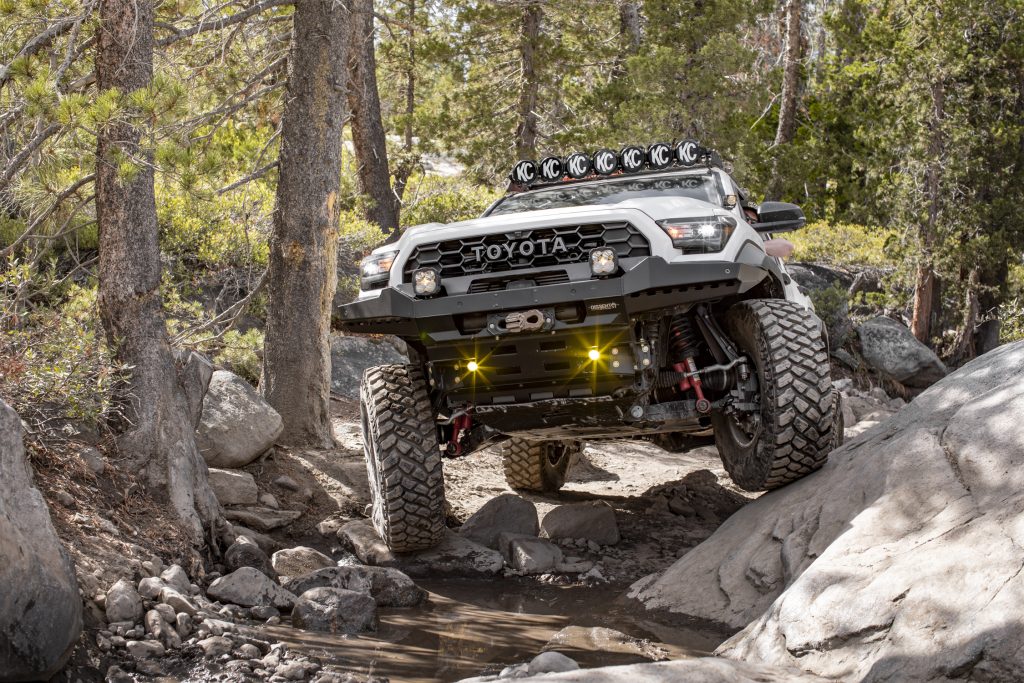
Given the variations in wheel offset, the new Gen2 portals are designed to fit a wider range of aggressive positive offset. When you run a high positive offset wheel (+45mm, +55mm, etc.), the wheel starts getting closer to the tie rods.
What changed: On the Gen1 portal, the tie-rod pivot point was much higher up on the upright, which required the tie-rods to be flipped upside down, mounted from the bottom up. On the new Gen2 boxes, the tie-rod pivot points sit much lower on the upright, which allows for the tie-rod to mount in the OEM geometry, from the top down.
3. One Ton Unit Bearings
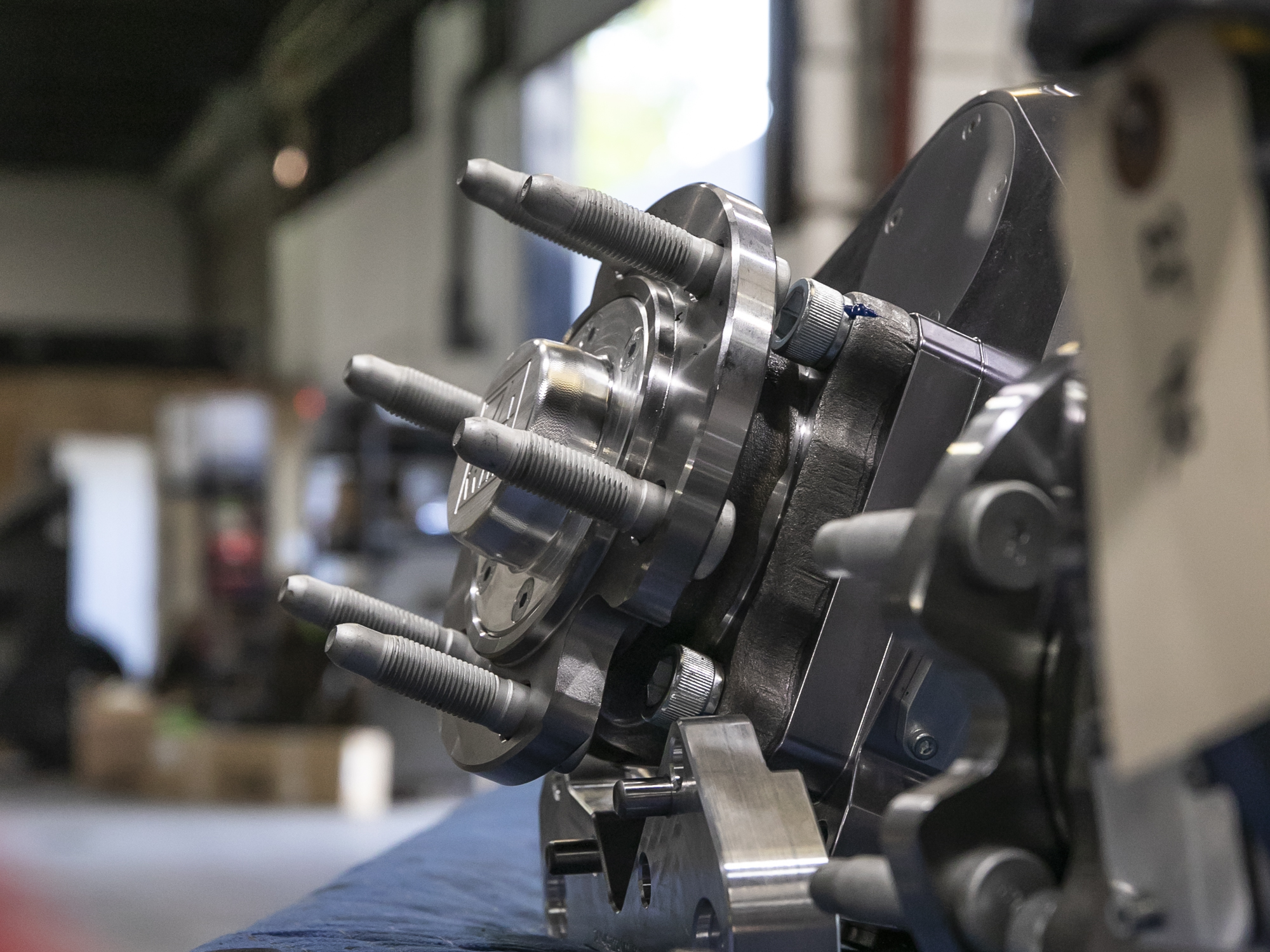
The new Gen2 boxes are running heavy-duty one-ton unit bearings on all corners, designed for higher loads and more stress.
What changed: The hub assemblies moved to a larger one-ton unit bearing spec with M14 wheel studs over the old Toyota unit bearings and M12 wheel studs. One-ton unit bearings are going to provide greater clamp load and torque capacity for wheels and tires, improved durability against shear and stretch from repeated shock loads.
4. Updated CV Seal Architecture
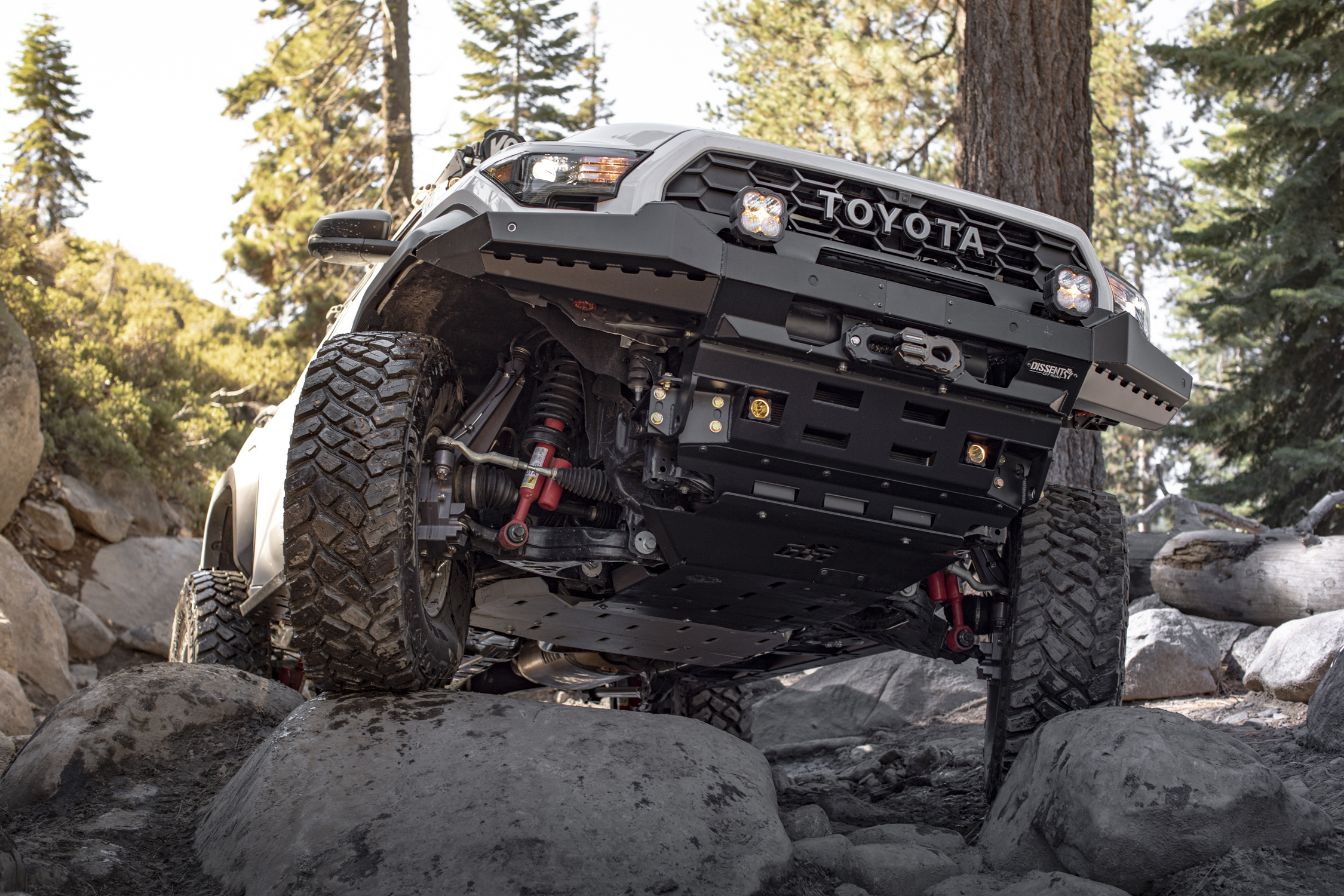
What changed: The new sealing profile is designed to keep dust and water out while preventing internal seepage. The new CV seals offer longer service life through water crossings and silt, reduced maintenance intervals, and better protection of CV internals.
5. Caliper Brackets
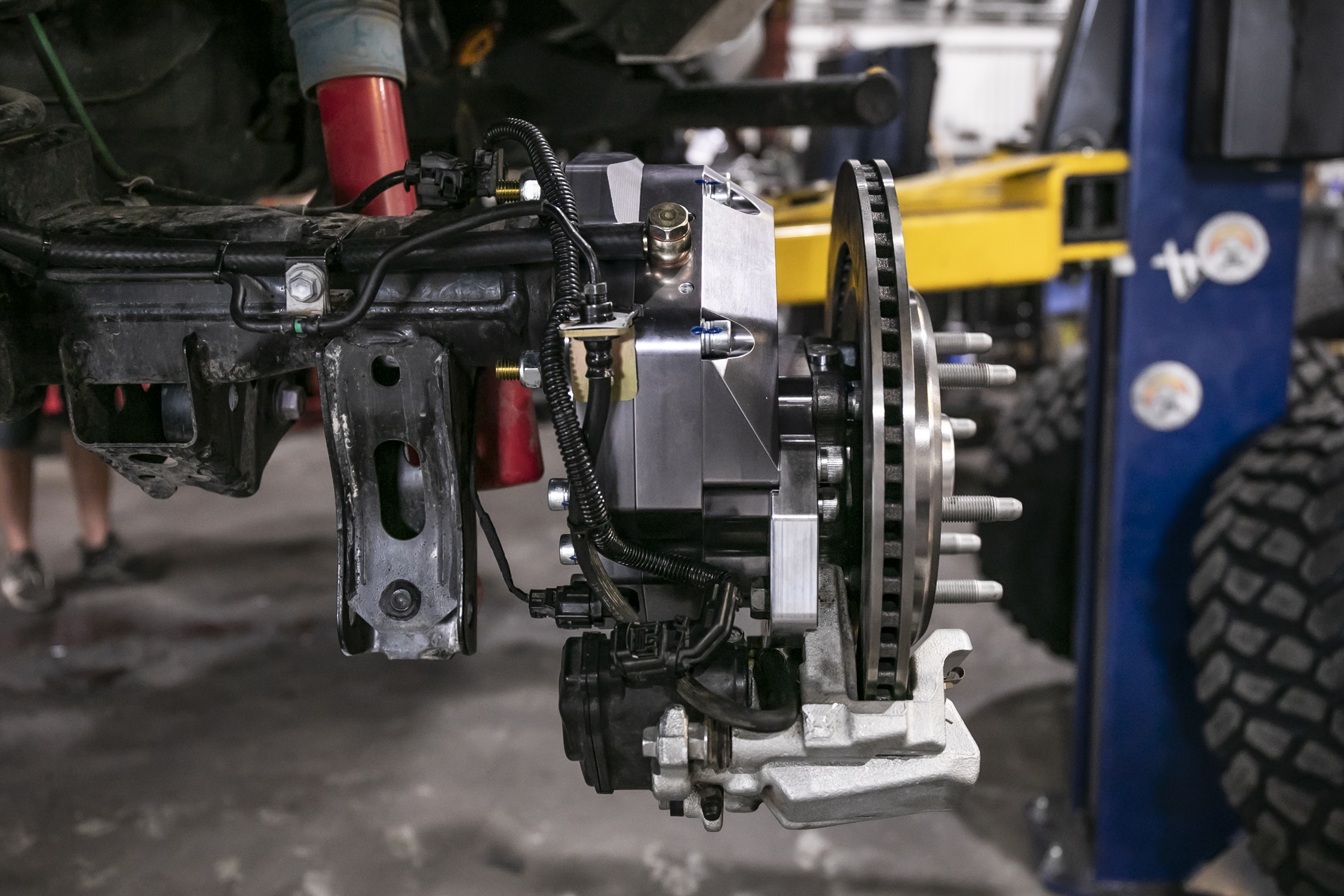
What changed: 74W designed all-new, thicker brackets, revised geometry, and upgraded fasteners. The new caliper brackets eliminate earlier bracket failure points.
6. Revised Breather Port Placement
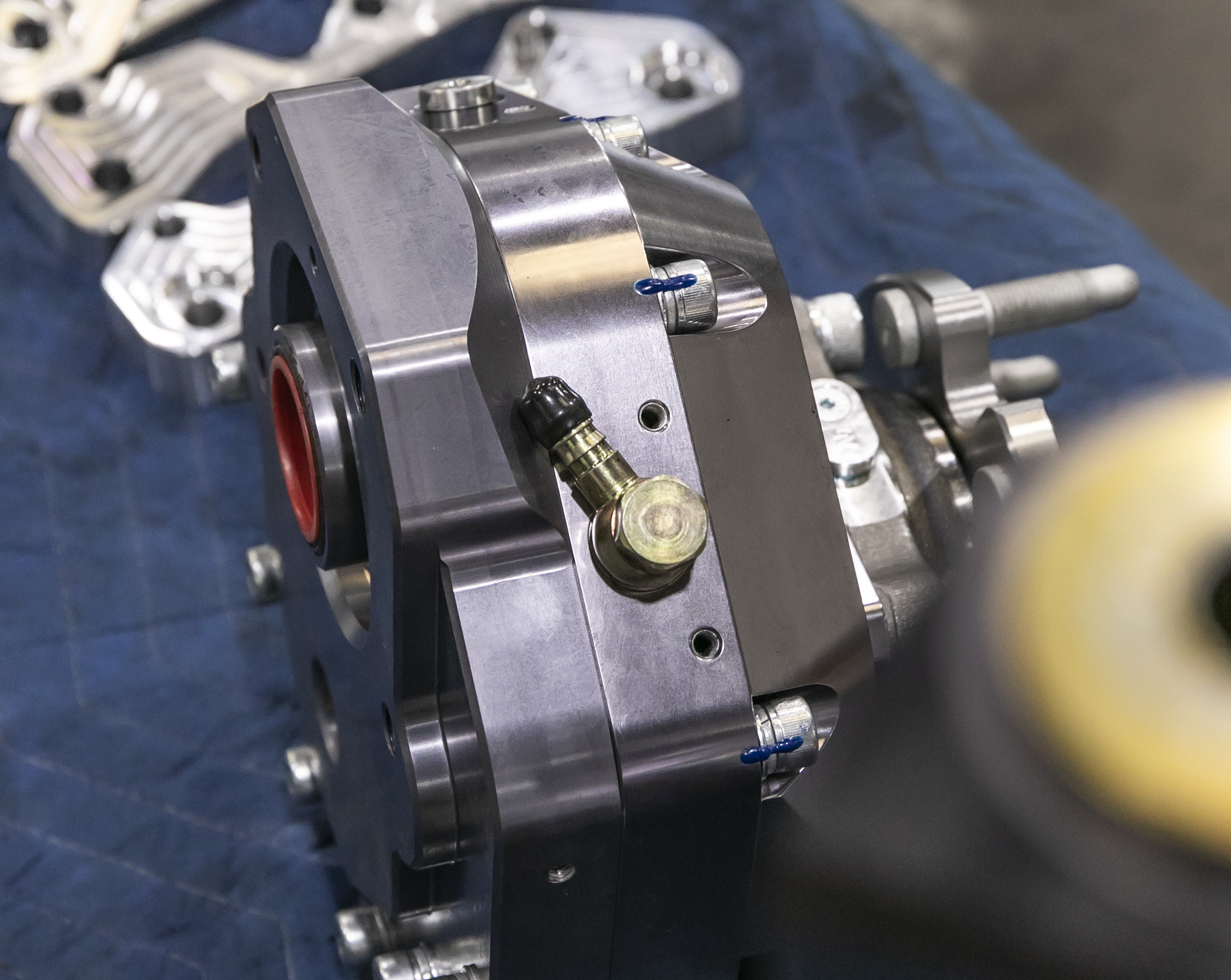
What changed: The new breather port locations and routing have been updated. Instead of the old breather coming straight out of the box, the new 90-degree fitting improves line routing, pressure equalization, and reduces leak potential to extend service intervals.
7. Larger Axle Studs
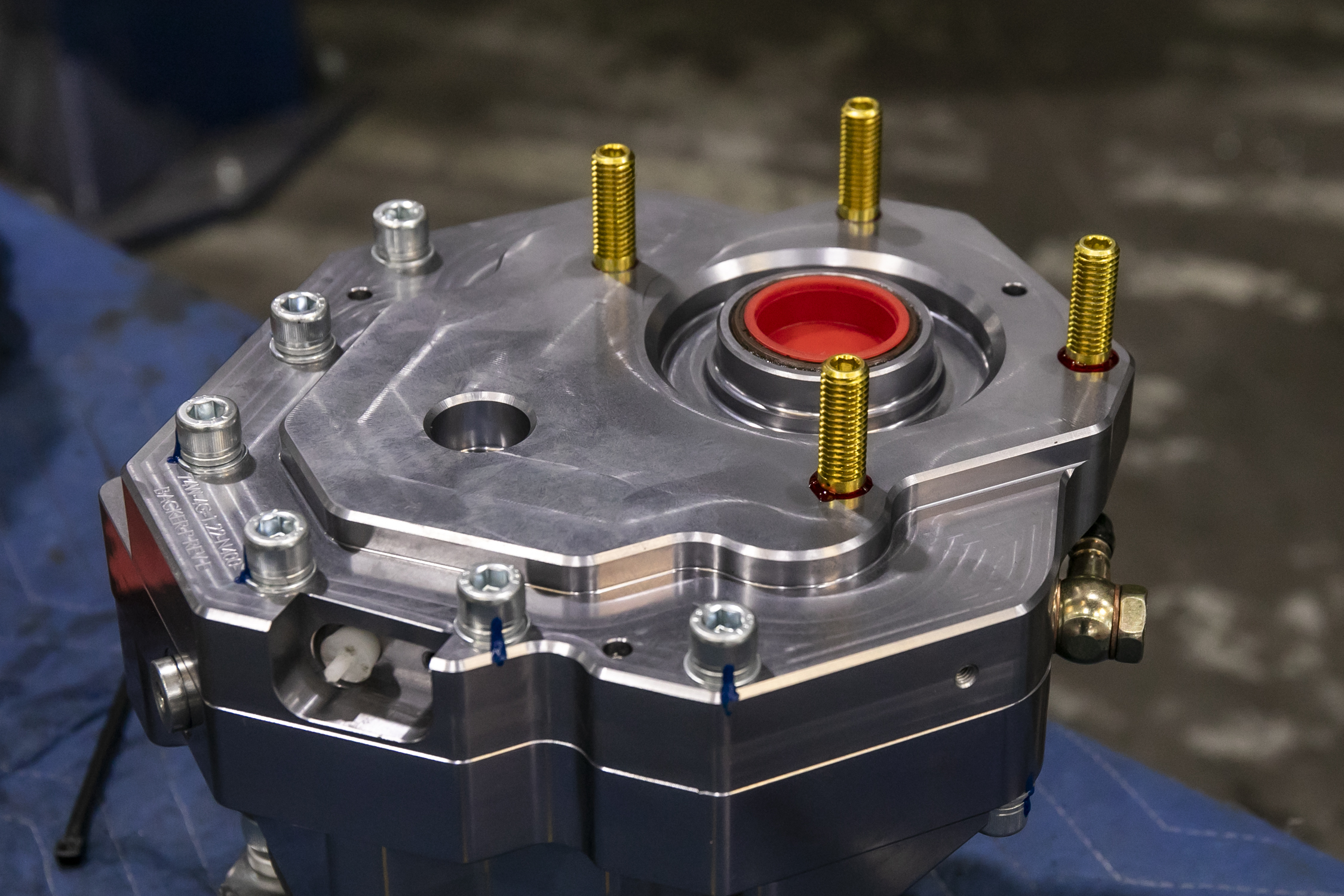
One of the most notable changes in the new Gen2 redesign is the new rear studs and hardware revisions throughout.
What changed: The new boxes feature increased-size hardware and heat-treated hardware across critical mounting points. The higher allowable torque provides stronger joint retention and easier repeatable service with improved corrosion resistance.
Performance On Gen2?
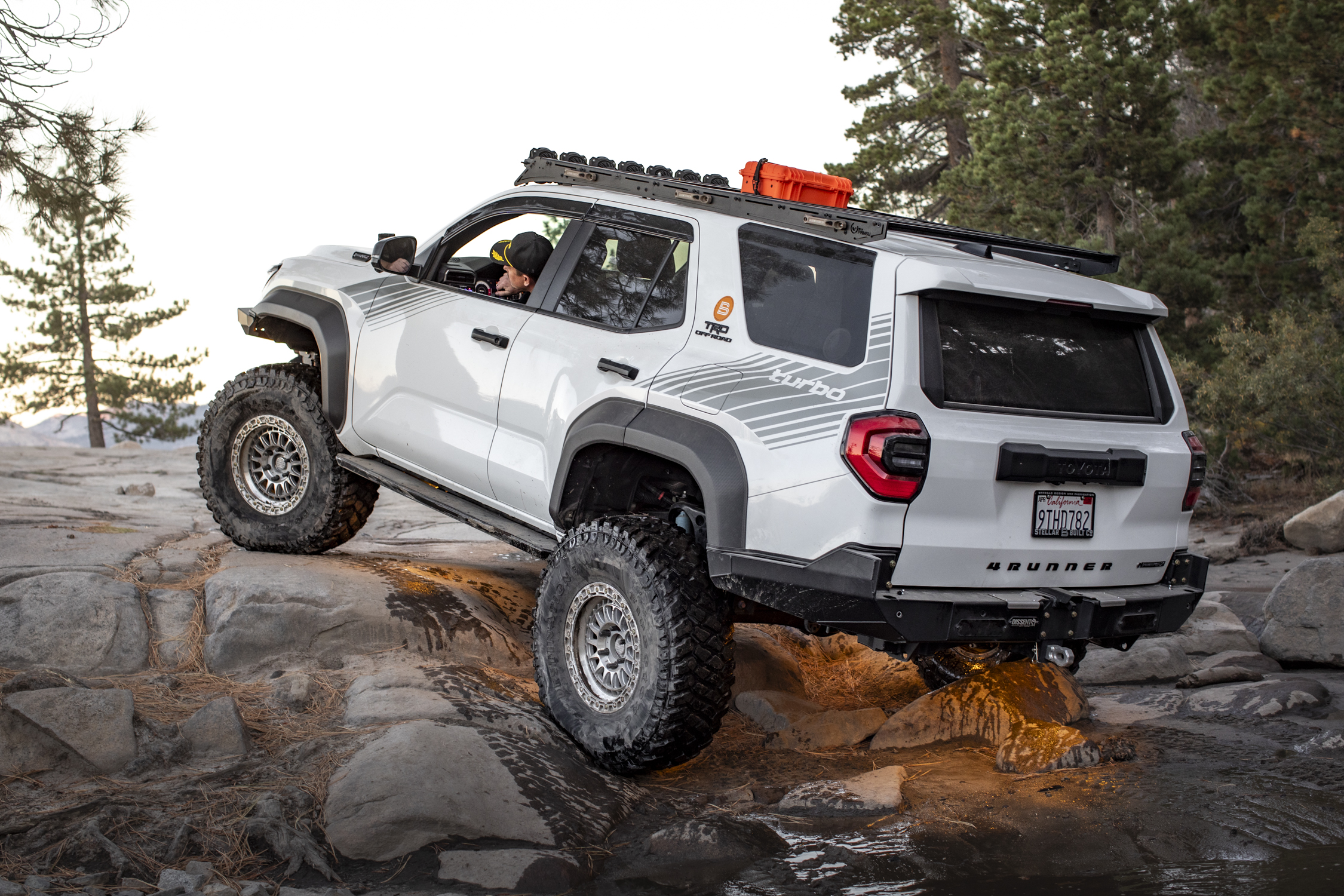
Absolutely zero problems on the new Gen2 portals with factory front IFS suspension components, 37″ Firestone M/Ts, Dobinsons extended rear links and Perry Parts bump stops only.
The portals on factory suspension did surprisingly well; however, the ground clearance is much lower on the 6th Gen vs. my 5th Gen.
- 5G Ground Clearance at skid: 18.5″
- 5G Ground Clearance at diff: 17″
- 6G Ground Clearance at skid: 15.5″
- 6G Ground Clearance at diff: 14.5″
Since the 6th Gen is sitting a little lower, we did get hung up a few times and had to winch one time on Big Sluice.
Portals On Factory Suspension?
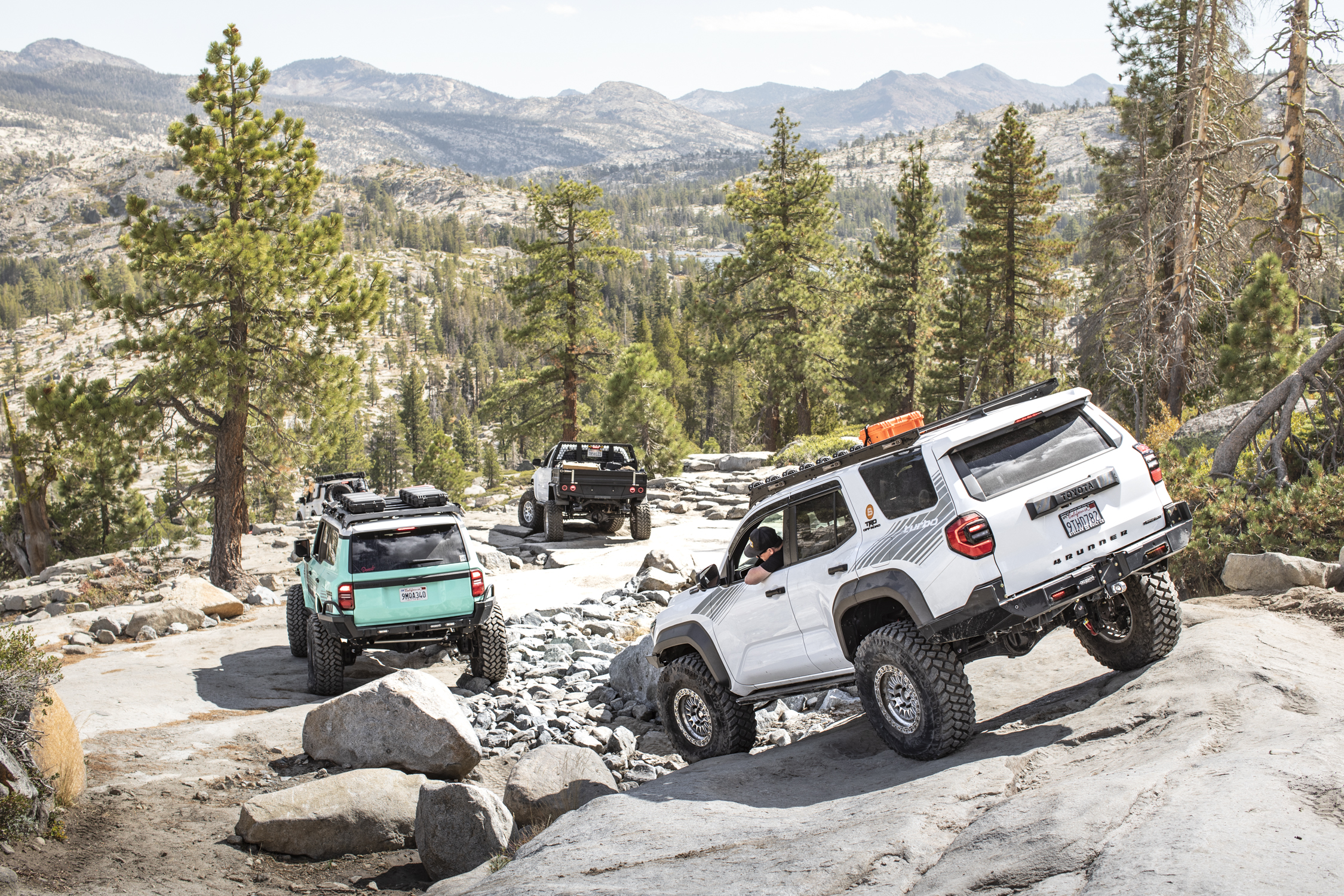
We proved that the setup ultimately does work for trails like the Rubicon, and would for sure be suitable for less moderate overland trails. But over time, since portals do add unsprung weight, it’s a good idea to install aftermarket lower control arms to add some strength at the bushings and ball joints. In addition to the lowers to prevent premature wear on the bushings, I would recommend aftermarket UCAs for stronger pivots and ball upgraded joints for added strength and improved articulation. Finally, bigger coilovers and shocks would be a smart upgrade for some extended travel.
If you’re really looking to go the extra mile, aftermarket CVs and tie-rods could be added to the setup for more confidence on harder trails.
At the end of the day, portals on their own deliver the clearance and gearing needed to wheel trails like the Rubicon on 37s tires comfortably.
Final Thoughts
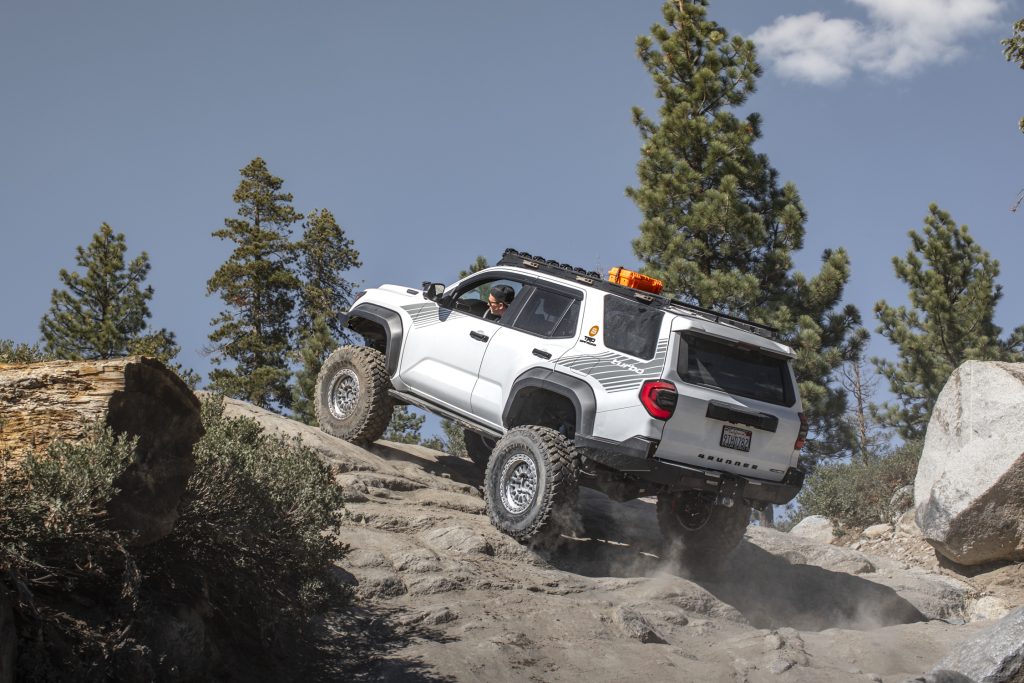
The new Gen2 portals address the weak links seen under hard use from the previous generation.
Moving into the new portals, you will see stronger housings, increased strength at the pivot points, better cable/line routing, better sealing, and stronger hardware designed for heavier wheel/tire setups, and general improvements for real-world abuse scenarios.
Yes, you can bolt them on and go, but a full suspension with aftermarket UCAs/LCAs will support the unsprung weight of the portals will hold up better over time, given you choose the right aftermarket parts.
For modern Toyota IFS, portals remain the most effective way to gain true ground clearance without sacrificing ride quality as a daily driver.
Bonus: Portals Vs. SAS
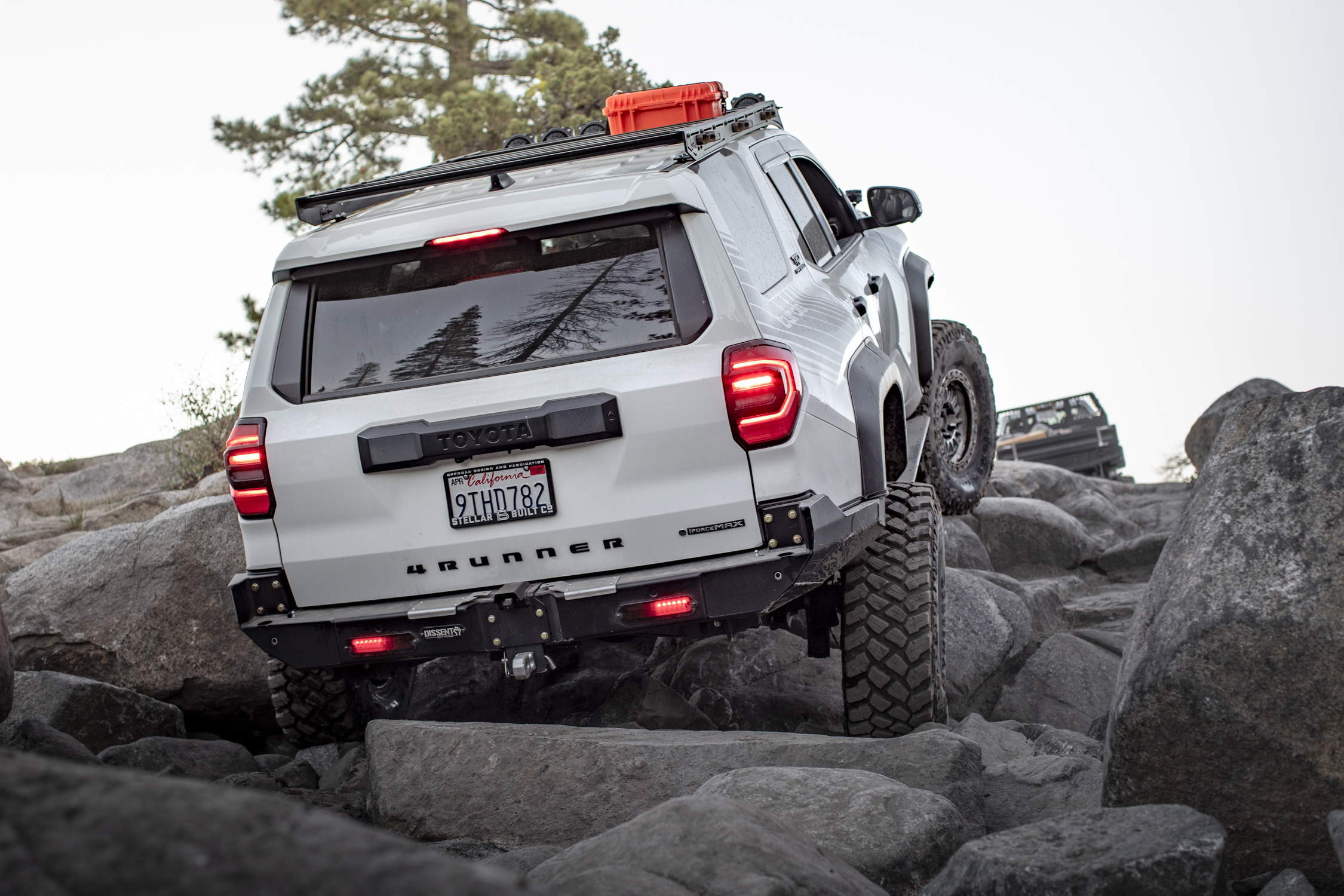
The argument against portals in terms of cost is that you can straight axle swap your vehicle for less. And that might be true for a leaf-sprung setup in the front if you know an experienced fabricator who is willing to do the work. However, I highly doubt any of you are going to drop around $20k, or even $15k, on a sub-par leaf spring conversion with a Dana44 in the front paired with some used parts from an auto dismantler. Can it be done? Yes. Will you be happy with the ride quality overall for your daily driver? Absolutely not. That’s why you don’t see setups like this on the road… no one wants that setup. It’s just not the move… don’t let people in the comments section fool you into believing that SAS is just so easy, and so affordable. These people are talking about a setup that no late model owners want.
The real argument here is that most late model owners who are going to take their vehicle the distance with a swap want to do it right… linked on coilovers. I have had multiple quotes over the years from reputable shops like Stellar Built and Mountain Yotas using a Martec 3-link kit and/or custom setups. The average price for a Martec kit, all in, ranges from $40k – $60k, depending on parts, and that’s with labor. If you’re doing the entire swap yourself, you can get away with about $20k-$30k; if you have a shop do the work… you’re looking at $40k – $60k. This is a longer conversation and a topic for another post, but hopefully you understand the difference between a linked setup and a coilover setup.
So when you compare a properly built linked setup to Portals… portals really do start to make sense at $17k.
Call some local off-road shops and get some quotes on a custom SAS or SAS using a Martec 3-link kit, and then tell me portal axles don’t make sense for $17k.
Don’t get me wrong, I would love to SAS a 5th Gen 4Runner, and I probably will one day, but that’s another level of budget. Furthermore, most of the guys commenting, “Oh, SAS is so much cheaper,” are usually the ones doing the work themselves in their garage. They don’t even fit into this conversation in the first place.
At the end of the day, though, you don’t need portals to go have a good time. A set of 35″ tires and a good suspension on a 5G 4Runner will take you through the Rubicon. Portals just give you much more ground clearance, and believe me… once you wheel with portals, you might never go back to mid-travel.

Great article! I hadn’t realized the scope of the new improvements in GEN 2. I’ll be upgrading my Lexus GX 550 to 74 Weld Gen 2 portals in the very near future.
The Gen2 portals provide another level of confidence, for sure, coming from the Gen1.